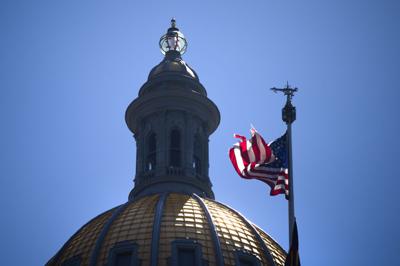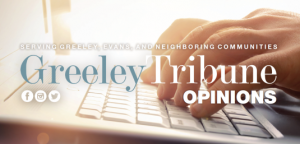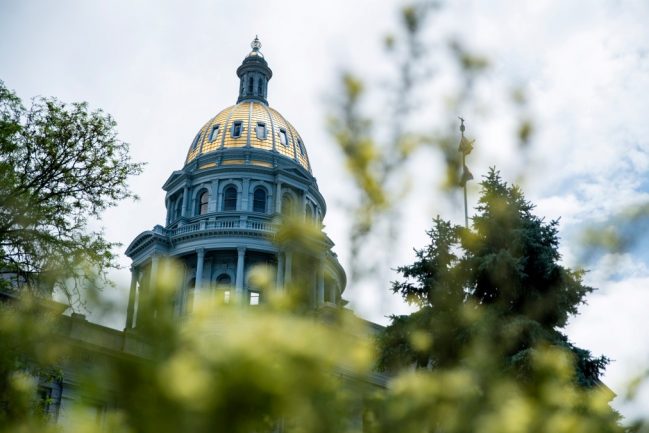
It seems like just yesterday to us that Colorado voters adopted the Taxpayer’s Bill of Rights on the statewide ballot and ensconced it into the state’s constitution. Yet, the groundbreaking policy has been in effect for nearly three decades.
In that time, it has kept state and local government on a diet — and has saved taxpayers untold millions of dollars. And they still love it after all these years, as most credible polls show.
Perhaps more noteworthy: Even some political leaders on the center-left seem to have made their peace with the policy. Our reputedly liberal Democratic governor from Boulder went so far as to laud it just the other day. That’s quite a stride.
Yet, TABOR’s basic premise has always made perfect sense to the general public. It requires voter approval for any tax hike at any level of government in the state. And it set limits on the rate at which government budgets can grow. Any increase in tax revenue that exceeds the rates of growth plus inflation in a given year have to be returned to taxpayers. Elected leaders can keep the overage if they first ask voters’ permission.
Click (HERE) to continue reading this story about TABOR:




